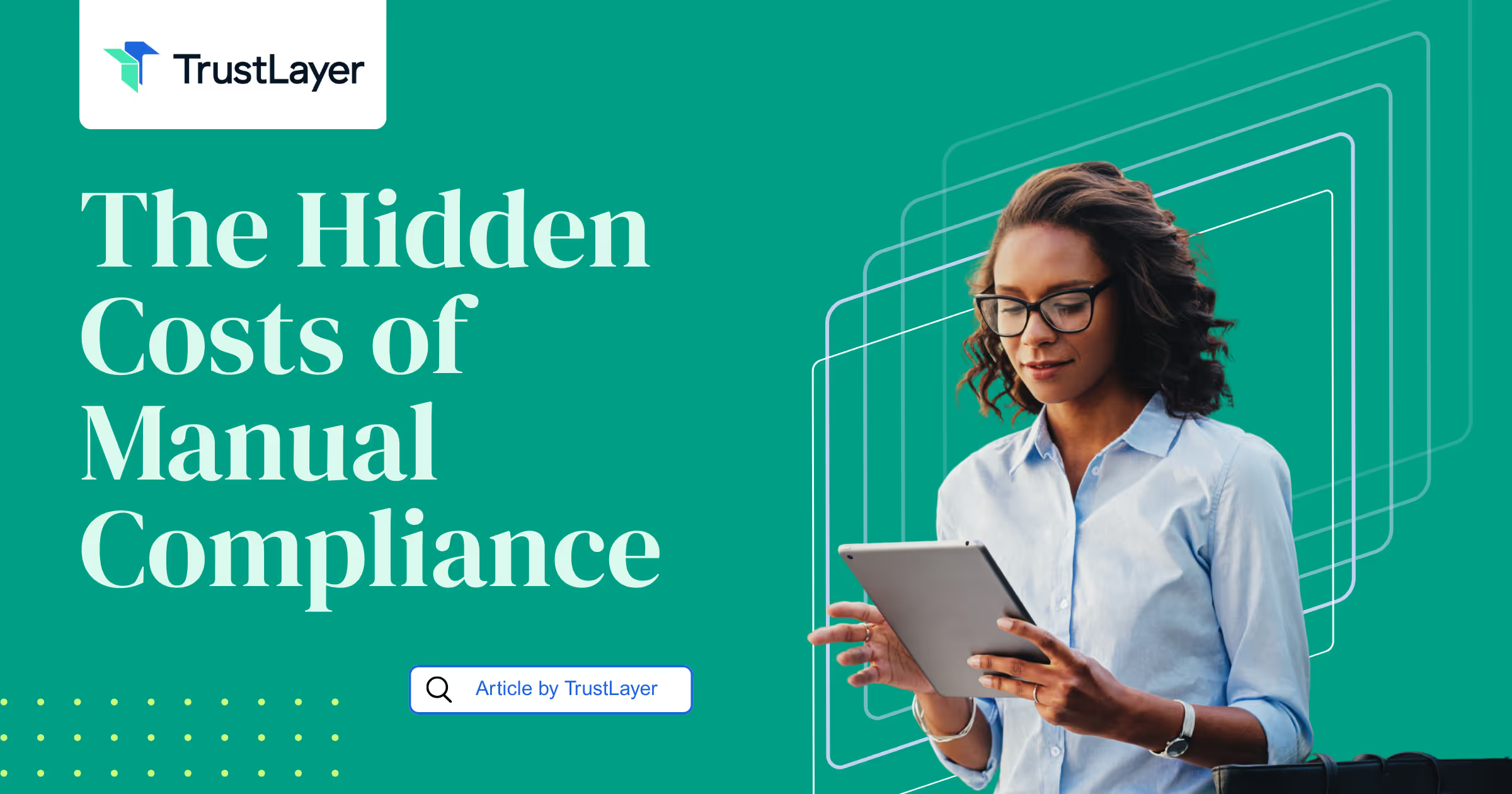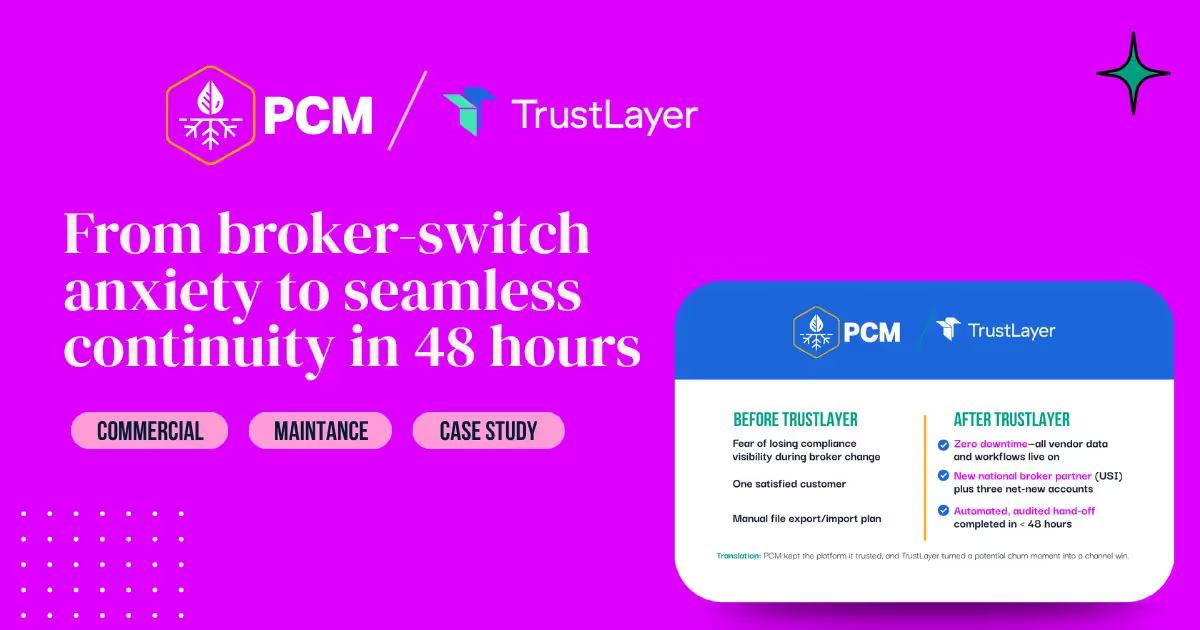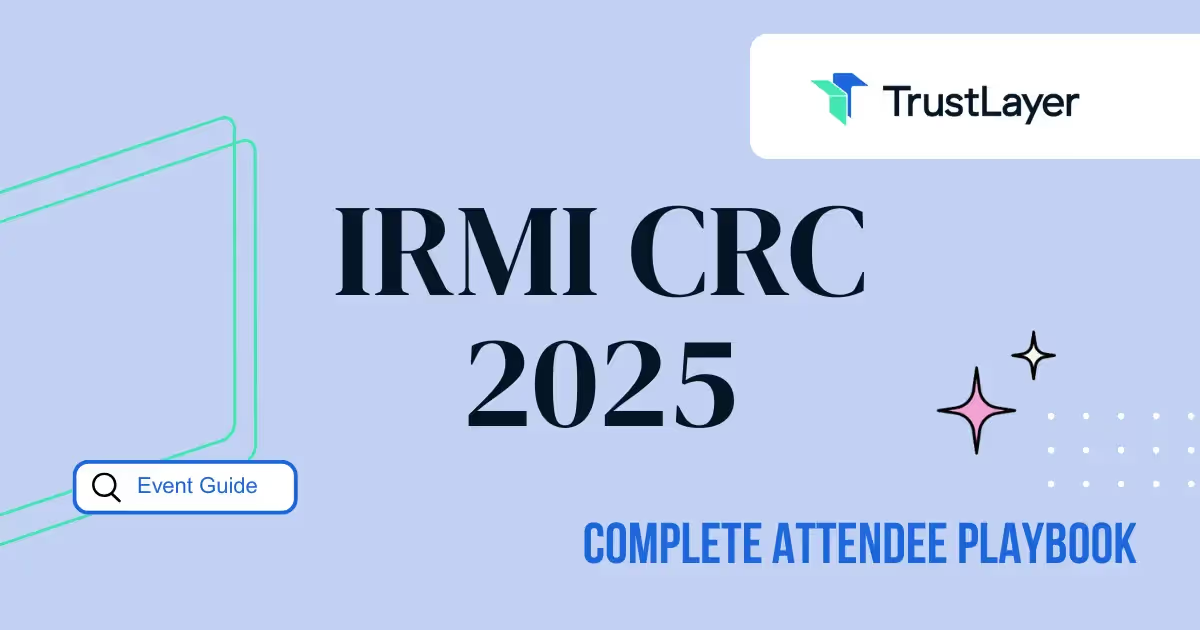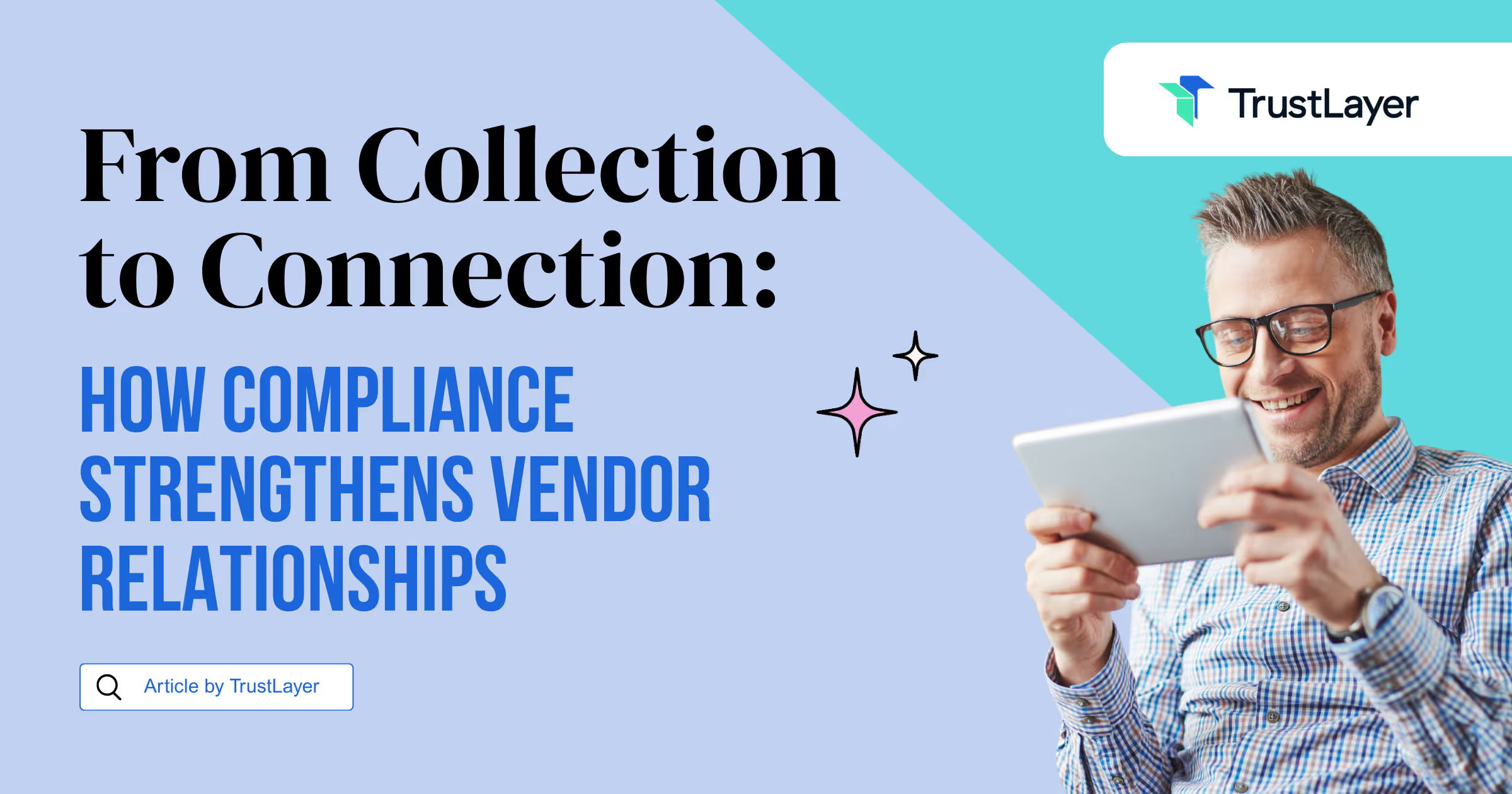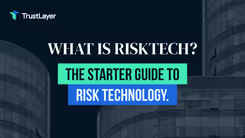Vendor Risk Management: An Easy Guide for Businesses
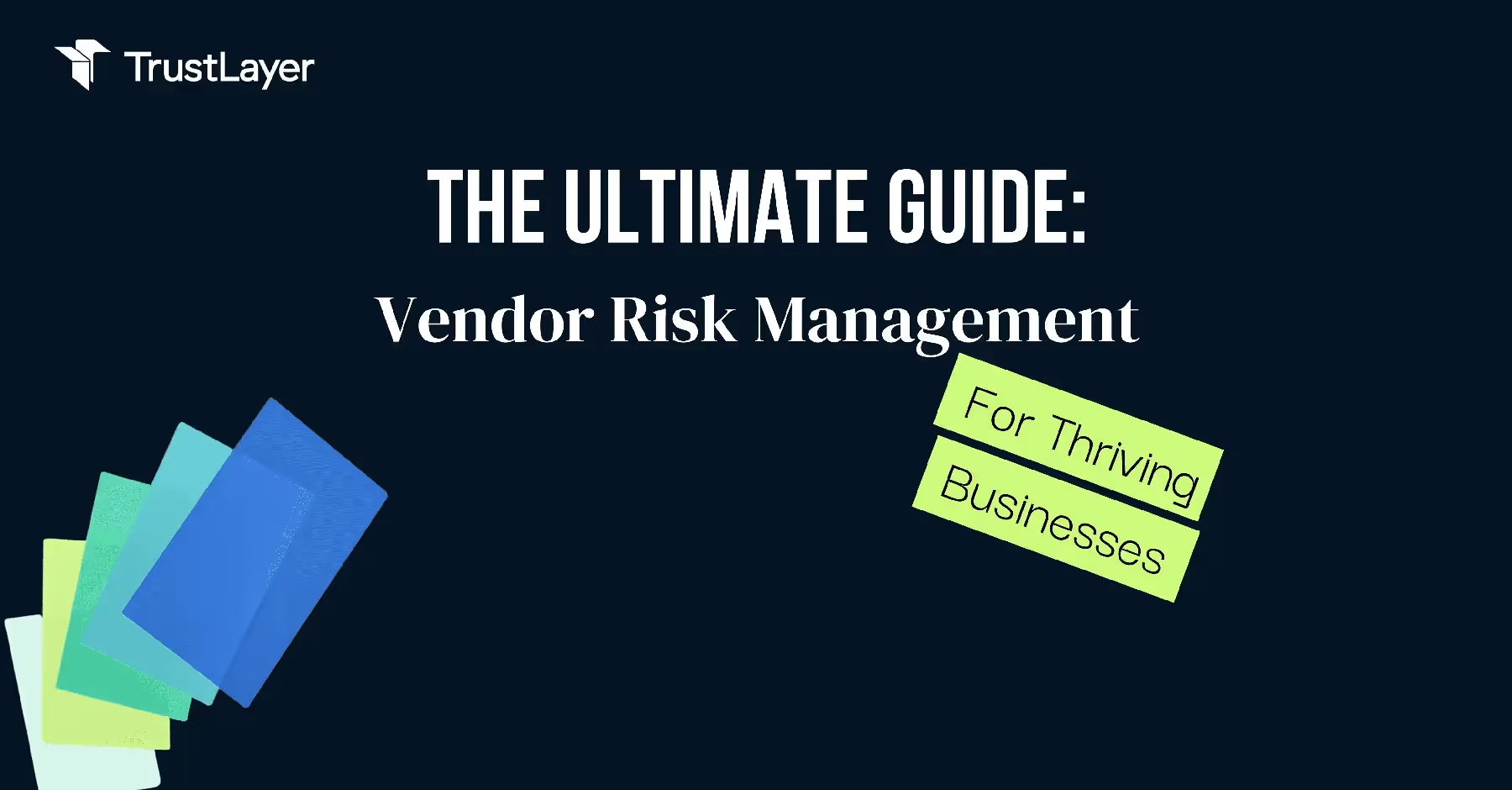
For Thriving Businesses
For many businesses, insurance costs can be a major expense. And for those that have had problematic claims history in the past, the premiums can be especially high. But there is a way to help improve your overall risk profile and reduce your insurance costs: vendor risk management. In this article, we’ll explore what exactly vendor risk management is and how it can help businesses save money on their insurance costs while also improving their operations.
What Is Vendor Risk Management?
Put simply, vendor risk management (VRM) is the process of ensuring that the use of service providers and IT suppliers does not create an unacceptable potential for harm or loss. This includes assessing the risks associated with vendors, identifying any potential vulnerabilities, and taking steps to mitigate those risks. By proactively managing the risks associated with vendors, businesses can reduce the chances of having a problematic claims history or other issues that could lead to higher insurance costs. It can also make it easier to pass audits from insurers and avoid costly penalties or fees.
Why Should Your Business Care About VRM?
Vendor risk management is an important part of maintaining a favorable risk profile for businesses — which in turn helps businesses save money on their insurance costs while also improving their operations. Here are some key benefits of VRM:
- Mitigate potential financial losses: Identifying potential threats upfront helps protect your business from financial losses due to unanticipated events like data breaches or service interruptions caused by third-party vendors.
- Improve customer trust: By proactively managing risks associated with vendors, you can enhance customer trust in your business and its products/services – ultimately leading to increased customer loyalty and satisfaction.
- Pass audits more easily: With proper vendor risk management practices in place, businesses often find it easier to pass audits from insurers such as workers compensation audits – avoiding costly penalties or fees in the process.
- Save money on insurance costs: By demonstrating to insurers that you take measures to manage your vendor risks effectively, you may be able to lower your overall insurance costs over time.
What Steps Can Your Business Take To Manage Vendor Risk?
The first step in managing vendor risks is understanding what kind of vendors you work with and what kind of data they have access to – including any confidential information such as sensitive customer data or proprietary software code. Once you understand these risks associated with each vendor, you can start taking steps towards mitigating them effectively by developing a comprehensive VRM program that addresses all potential vulnerabilities within your network infrastructure. Here are some tips on how to create an effective VRM program at your business:
- Perform regular assessments: Regularly assess all third-party vendors who have access to sensitive data within your organization’s systems so you stay up-to-date on any changes or new vulnerabilities that could pose a threat. You might consider using automated assessment tools for greater accuracy and ease of use here.
- Monitor suppliers continuously: This means keeping track of not only changes related directly affecting each supplier but also various market trends that could change how a particular supplier operates (i.e., company acquisitions/mergers).
- Require appropriate security controls from vendors : Make sure all third-party vendors provide sufficient proof that they have implemented appropriate security controls such as encryption standards, password complexity requirements etc before allowing them access into your systems networks/applications etc.,
- Develop strong contractual terms : Consider including clauses related to responding appropriately to cyber threats as well as assurances regarding compliance with certain regulations within contracts with suppliers whenever possible– this will help ensure that all parties concerned take necessary actions should any vulnerability arise during the engagement period between both parties .
- Streamline communication between departments : Make sure there are clear lines of communication between internal teams responsible for managing different parts of the relationship (such as legal , finance , IT , etc). This ensures everyone is kept informed about developments related both internally as well as externally .
Conclusion
Vendor risk management doesn’t have to be complicated; by taking proactive steps now like conducting regular assessments on third-party vendors who have access to sensitive data within an organization’s networks/applications, setting up strong contractual terms with suppliers when appropriate , implementing appropriate security controls where needed , monitoring regularly etc., businesses can save money on their insurance costs while also improving their operations over time . On top of this , following these steps improves customer trust & confidence thus enhancing customer loyalty & satisfaction too !







